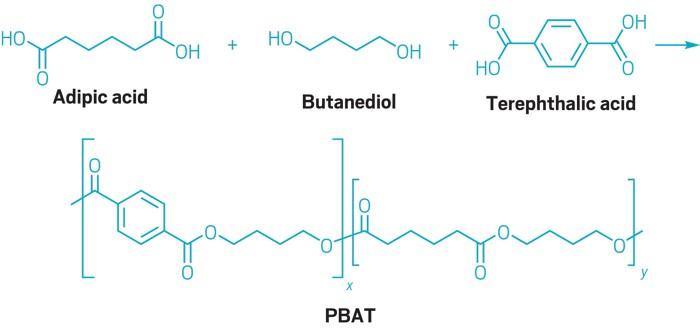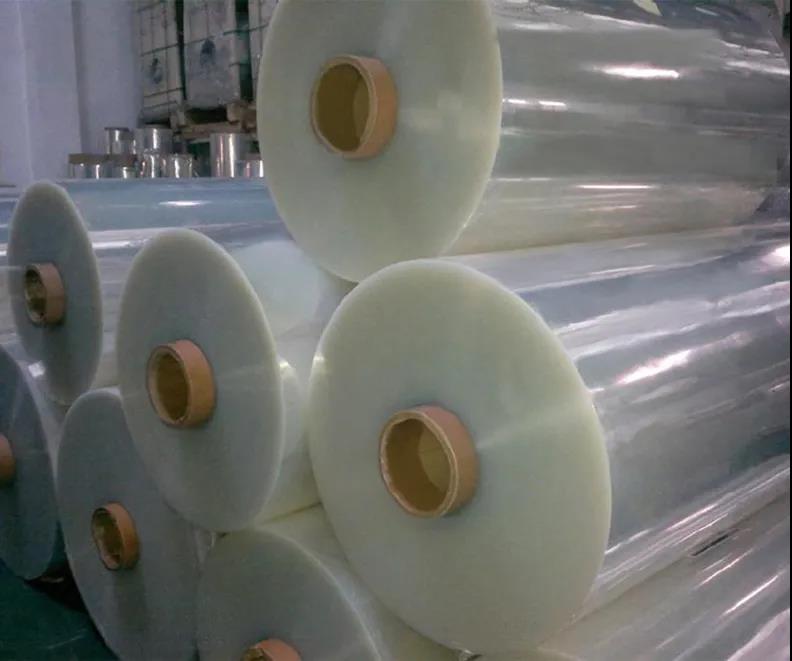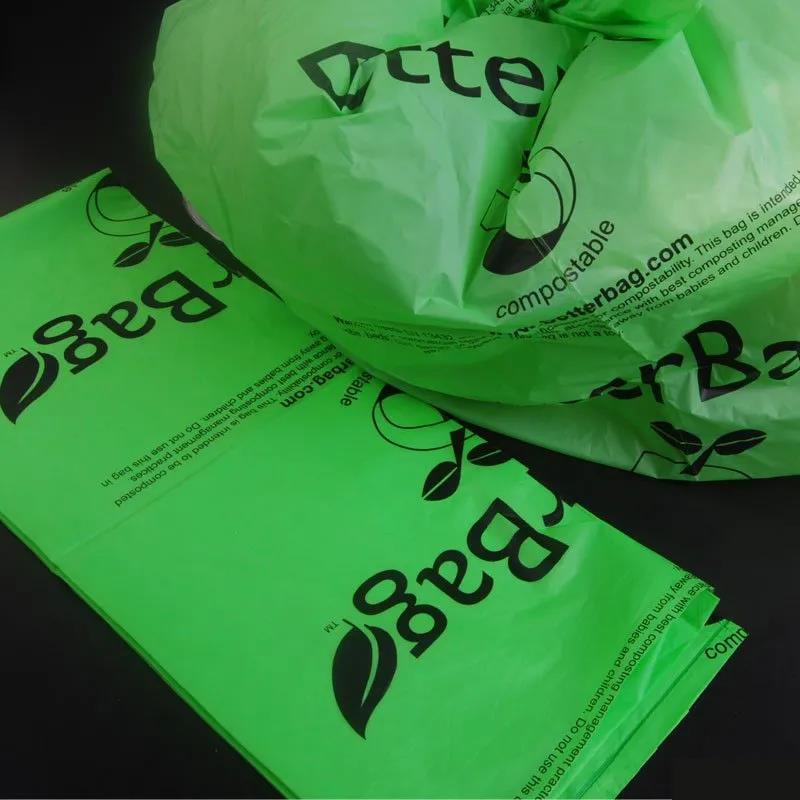Perfect polymers — polymers that balance physical properties and environmental effects — don’t exist, but polybutylene terephthalate (PBAT) is closer to perfection than many.
After decades of failing to stop their products ending up in landfills and oceans, synthetic polymer makers are under pressure to take responsibility. Many are redoubling their efforts to promote recycling to fend off criticism. Other companies are trying to address the waste problem by investing in biodegradable bio-based plastics such as polylactic acid (PLA) and polyhydroxy fatty acid esters (PHA), in the hope that natural degradation will alleviate at least some of the waste.
But both recycling and biopolymers face obstacles. For example, despite years of efforts, the United States still recycles less than 10 percent of plastics. And bio-based polymers — often the products of fermentation — are struggling to achieve the performance and scale of the synthetic polymers they are meant to replace.
PBAT combines some of the beneficial properties of synthetic and bio-based polymers. It is derived from common petrochemical products – refined terephthalic acid (PTA), butanediol and adipic acid, but it is biodegradable. As a synthetic polymer, it can be easily mass-produced, and it has the physical properties needed to make flexible films comparable to those of traditional plastics.
Interest in PBAT is on the rise. Established producers such as Germany’s BASF and Italy’s Novamont are seeing increased demand after decades of nurturing the market. They are joined by more than half a dozen Asian producers who expect business for the polymer to flourish as regional governments push for sustainability.
Marc Verbruggen, former CEO of PLA manufacturer NatureWorks and now an independent consultant, believes that PBAT is “the cheapest and easiest bioplastic product to manufacture” and he believes that PBAT is becoming the preeminent flexible bioplastic, It is ahead of poly succinate butanediol ester (PBS) and PHA competitors. And it is likely to rank alongside PLA as the two most important biodegradable plastics, which he says is becoming the dominant product for rigid applications.
Ramani Narayan, a professor of chemical engineering at Michigan State University, said PBAT’s main selling point — its biodegradability — comes from ester bonds, rather than the carbon-carbon skeleton in non-degradable polymers like polyethylene. Ester bonds are easily hydrolyzed and damaged by enzymes.
For example, polylactic acid and PHA are polyesters that degrade when their ester bonds break. But the most common polyester — polyethylene terephthalate (PET), used in fibers and soda bottles — doesn’t break down as easily. This is because the aromatic ring in its skeleton comes from PTA. According to Narayan, the rings that give structural properties also make PET hydrophobic. “Water is not easy to get in and it slows down the whole hydrolysis process,” he said.
Basf makes polybutylene terephthalate (PBT), a polyester made from butanediol. The company’s researchers looked for a biodegradable polymer they could easily produce. They replaced some PTA in PBT with adipose diacid glycolic acid. In this way, the aromatic parts of the polymer are separated so that they can be biodegradable. At the same time, enough PTA is left to give the polymer valuable physical properties.
Narayan believes PBAT is slightly more biodegradable than PLA, which requires industrial compost to decompose. But it can’t compete with commercially available PHAs, which are biodegradable in natural conditions, even in Marine environments.
Experts often compare the physical properties of PBAT to low-density polyethylene, an elastic polymer used to make films, such as garbage bags.
PBAT is often mixed with PLA, a rigid polymer with polystyrene-like properties. Basf’s Ecovio brand is based on this blend. For example, Verbruggen says a compostable shopping bag typically contains 85% PBAT and 15% PLA.
Novamont adds another dimension to the recipe. The company mixes PBAT and other biodegradable aliphatic aromatic polyesters with starch to create resins for specific applications.
Stefano Facco, the company’s new business development manager, said: “Over the past 30 years, Novamont has focused on applications where degradation capabilities can add value to the product itself. “
A big market for PBAT is mulch, which is spread around crops to prevent weeds and help retain moisture. When polyethylene film is used, it must be pulled up and often buried in landfills. But biodegradable films can be cultivated directly back into the soil.
Another big market is compostable garbage bags for food service and home collection of food and yard waste.
Bags from companies such as BioBag, recently acquired by Novamont, have been sold at retailers for years.
Post time: 26-11-21




